CHAPTER 1: A FUNDAMENTAL DISTINCTION
There is a fundamental difference between industrial hemp and psychotropic hemp. The word industrial was quickly adopted to distinguish this type of hemp from the one used for its psychotropic properties. John Roulac, author of the books Industrial Hemp and Hemp Horizon, was one of the first to adopt this term in the mid-1990s. At that time, it seemed necessary to distinguish between the different types of cannabis. Still unknown, the plant suffered from a bad reputation because of the varieties that were smoked to obtain a euphoric effect. In Canada, they are commonly known as pot, marijuana, weed, and grass, among others. The expression psychotropic hemp or simply the word psychotropic will henceforth be used when referring to these varieties.
Same plant, different varieties
Despite popular belief, the words hemp and cannabis are synonyms. It is therefore a mistake to differentiate the drug by calling it cannabis; hemp is simply the English name, and cannabis, the Latin name. In French, it is called chanvre; in German, Hanf; in Spanish, cañamo and so on. All these words refer to the same plant, whether psychotropic or not. However, it seems quite common for various cultures around the world to use separate words when referring to both varieties.
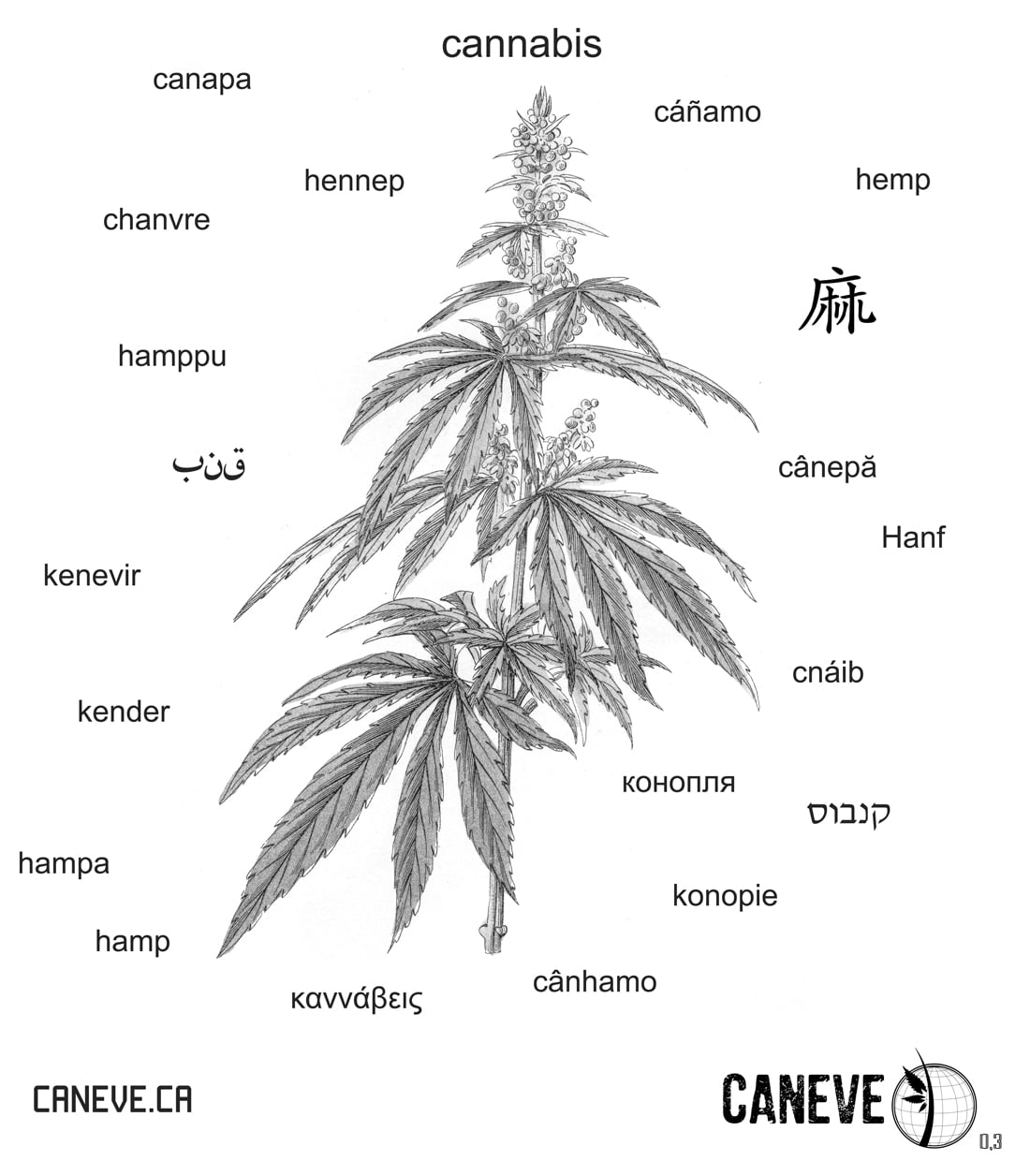
The word hemp around the world – Source : Caneve
In fact, it is the varieties that differ. Psychotropic hemp contains a narcotic that causes several effects on the metabolism. These are characterized by a modification of the psyche and behaviour of those who consume it. Since the objective of this book is to advocate for industrial hemp, we have chosen not to discuss the effects of psychotropic hemp.
However, it is worth noting that the main psychoactive component of cannabis is called delta-9-tetrahydrocannabinol or THC. This is one of many phytocannabinoids found in the plant in different percentages depending on the variety. A study published in 2007 identified as many as 66 different types of phytocannabinoids[1], and new ones are identified every year. Some researchers even believe that more than a hundred of them exist. Few of these can be considered psychotropic, but many, such as cannabidiol (CBD), have metabolic effects without necessarily causing euphoria.
THC
When it comes to phytocannabinoid, THC is the notorious bad boy. This compound is the one that is measured to recognize industrial hemp varieties. Canada and most countries that allow the cultivation of industrial hemp have established THC levels for cultivars in the range of 0.3%. In other words, as long as the THC level is below 0.3%, the plant is not considered a drug.
Farmers who have been granted a growing licence can use any of the 51 industrial hemp cultivars approved by Health Canada in 2018. They may, however, be required to test their crops twice per season. Conducted by a “competent laboratory,” these tests are used to show that their hemp plants have regulatory THC levels; otherwise, the crop may be seized and destroyed. Some cultivars used by Quebec producers amply meet the required standard, with some having only 0.005% THC. In comparison, psychotropic hemp contains levels that can exceed 20% — talk about a major difference!
Two distinct crops
Before the recreational hemp law came into force, farmers and anyone who came into contact with the plant or its viable seed had to show a clean slate when it came to drugs. They had to provide a document issued by a police force stating that they had no drug-related criminal record. This Health Canada requirement appears to have been dropped since the psychotropic became legal. In addition, farmers must provide the authorities with the GPS coordinates of their field, which must not be located within one kilometre of a children’s park or a school.
Even though it was legalized in 1998, industrial hemp has clearly remained associated with public safety issues. Yet, there are important differences between an industrial hemp grower and a “pot” grower. While the former needs the long fibres or seeds, the latter cultivates the plant for its flowers — colloquially known as buds — because they contain the greatest concentration of THC. An industrial hemp grower either lets his plants grow exceptionally tall to produce long stems with few branches, or he sows them to optimize seed production. A grower of psychotropic drugs cultivates the plant the same way one grows tomatoes: to obtain maximum flower yield.
In agriculture
An industrial hemp farmer looks after a field as a whole, whereas a psychotropic grower looks at it plant by plant. Among Health Canada’s criteria for obtaining a growing licence, an industrial hemp grower must farm a minimum of four hectares, the equivalent of about seven American football fields. Although it is difficult to imagine the cultivation of psychotropic hemp on such a scale, it might one day be grown in such a large area as well.
Contrary to what some people think, it is impossible to hide psychotropic hemp plants in the middle of an industrial hemp field. Industrial hemp is a thin-stemmed plant that can reach a good height under favourable conditions. For this reason, it must be sown so densely that the plants prevent anyone from moving through the field without leaving a trace, making concealment difficult. Moreover, when surrounded by industrial hemp, psychotropic hemp plants are easily overwhelmed by the pollen of the other variety. Cross pollination affects the THC content of the psychotropic, eventually rendering it unusable as a drug.
A few differences
Hemp plants are dioecious, which means they have separate sexes (male and female). Psychotropic growers only keep female plants because they possess the famous psychoactive properties. This practice leads many to believe that industrial hemp plants are male only. Since they are considered useless as a drug, some assume that they are mainly used to produce fibre. This is false. Male plants die shortly after releasing their pollen, making them unusable..
Moreover, it would be difficult, if not impossible, to harvest them selectively without damaging the female plants, which must continue to grow for several weeks after pollination. This complicates the matter, especially when dealing with more than four hectares of crops. Fortunately, breeders have created suitable cultivars to optimize the plant for large-scale agriculture. We will leave this topic aside for now and come back to the features and cultivation of hemp in Chapter 3.
It is true that both psychotropic and industrial hemp are very similar. For example, they have the same smell and identical leaves and flowers. However, THC levels can only be measured through laboratory analysis. Although it seems normal and understandable for the authorities to carry a certain mistrust towards industrial hemp, the legalization of recreational hemp will most likely contribute to a more favourable image. After all, the more we know about the plant, the less likely we are to fear it!
[1] Brenneisen, Rudolf, Marijuana and the Cannabinoids. Totowa. New Jersey : Humana Press Inc., 2007, p. 17.
TO ORDER YOUR COPY OF THE BOOK, CLICK HERE






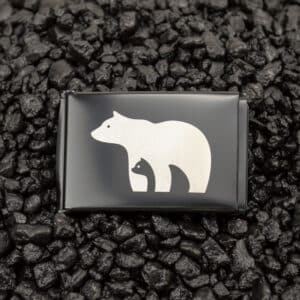

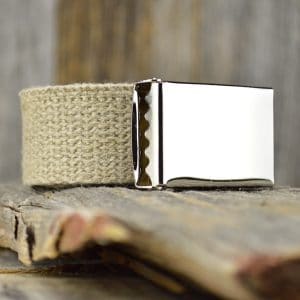

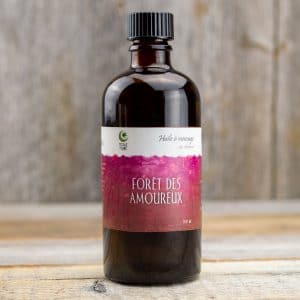
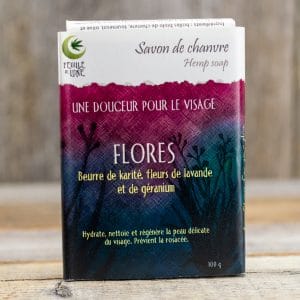
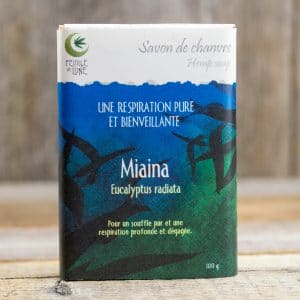
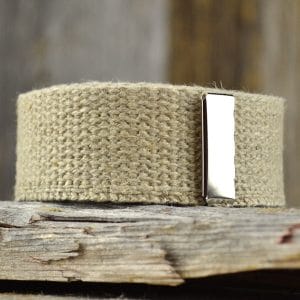


0 Comments